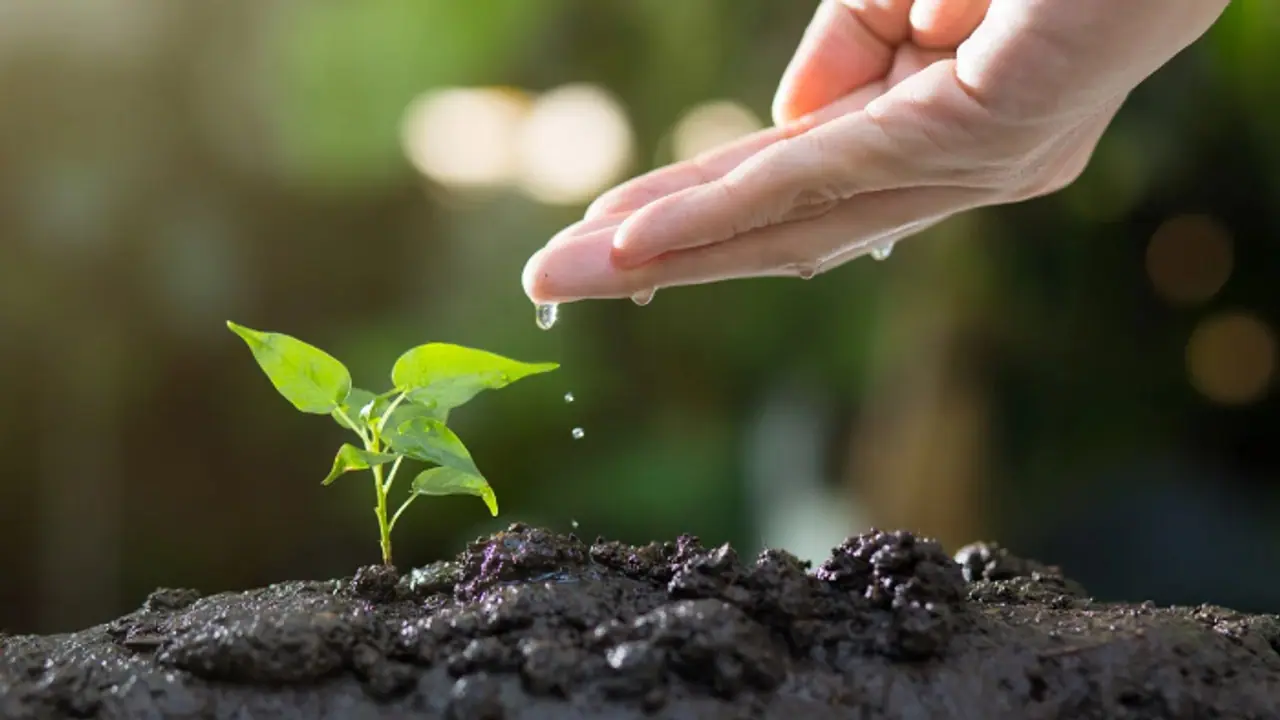A healing garden is not a list of plants—it's a living place of peace, care, and strength. As you tend to your garden, you tend to your mind—one plant, one breath, one moment at a time.
Nature has been prized for centuries for its healing properties, and in the past decade or so, healing gardens have emerged as a potent instrument of mental health. These soothing green oases—be it your garden, balcony, or even window box—have a stress-reducing, mood-enhancing, and emotionally restorative effect.

A healing garden is not something that needs a big budget or a skilled gardener—simply intention, planning, and attention. Following is a step-by-step how-to guide to assist you in developing your own healing sanctuary in the way of plants.
Step by step guide to create healing Gardens with plants:
Step 1: Select a Sufficient Space
You don't always need a large lawn to create a healing garden. Even a balcony, patio, or apartment corner can become a serene green retreat.
Tip: Select an area that receives some sun, fresh air, and provides you with a sense of privacy or quiet.
Planning for purpose and feel also means considering a few more things:
Step 2: Plan for Purpose and Feel
Consider what you'd like your garden to do for you—calm, energize, ground you? Select plants, designs, and elements according to the mood you desire.
Calming garden: Gentle colors, herbs, and airy plants such as lavender or jasmine.
Vitality garden: Bold flowers such as marigolds, sunflowers, or geraniums.
Step 3: Select Mood-Enhancing Plants
Some plants carry long-term psychological and sensory advantages that bring mental well-being. Choose a combination of texture, color, and scent.
Top Healing Garden Selections:
Lavender: Diminishes stress and promotes sleep
Aloe Vera: Purifies air and calms skin
Tulsi (Holy Basil): Holy, soothing, and healthy for immunity
Jasmine: Mood elevator because of the scent
Snake Plant & Peace Lily: Wonderful air cleaners
Chamomile: Associates with restfulness and calming energy
Step 4: Add Natural Elements
Healing is not merely about plants. Add-on elements such as water features, rock, wood benches, or wind chimes can add more to the sensory experience.
Bonus Tip: One small bowl of water with floating flowers or stones is adequate to provide a soothing focal point.
Step 5: Design with Accessibility and Comfort
Your garden must welcome you in—not overwhelm you. Design peaceful spaces to sit, write, meditate, or share tea. Employ soft ground covers, large pots, and negative space.
Tip: Incorporate a tiny chair or yoga mat in a sunlit spot for mindful breaks.
Step 6: Preserve with Mindfulness
Tending your healing garden can itself become a mindful, earthy ceremony. Watering, pruning, or merely observing plants grow creates a feeling of being connected to the moment.
Practice: Spend at least 5–10 minutes a day with your plants, breathing and absorbing their calm energy.
Step 7: Make it Your Own
Bring in things that speak to your spiritual or emotional self—like affirmation stones, healing crystals, candles, or a small journal nook.
Why It's Helpful: Personal touches make your healing space feel like home and emotionally safe.


